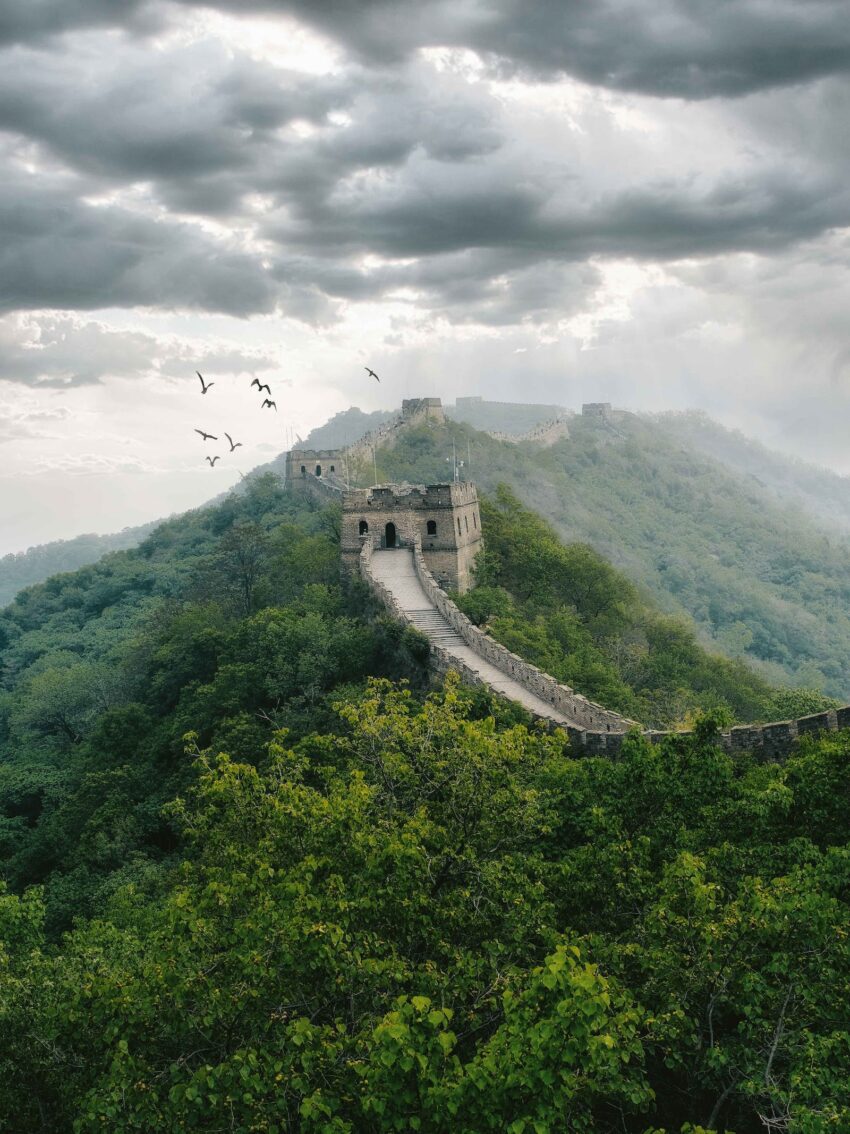As a history enthusiast, I have always been fascinated by the rich cultural heritage of Europe. From the ancient ruins of Greece to the Gothic cathedrals of France, the continent is a treasure trove of historical wonders waiting to be explored. In this article, I will take you on a journey through time, showcasing some of the most awe-inspiring destinations that Europe has to offer.
Our journey begins in Rome, the Eternal City, which is home to some of the world’s most iconic landmarks, including the Colosseum, the Pantheon, and the Roman Forum. Steeped in history and legend, Rome is a city that has played a pivotal role in shaping Western civilization. From the grandeur of the Vatican to the quaint cobbled streets of Trastevere, Rome is a city that never fails to enchant visitors.
Moving northwards, we come to Florence, the birthplace of the Renaissance. Known for its stunning architecture, world-class museums, and breathtaking art, Florence is a city that exudes elegance and sophistication. From the iconic Duomo to the Uffizi Gallery, there is no shortage of historical wonders to discover in this beautiful city. So, pack your bags and get ready to embark on an unforgettable journey through time across Europe.
The Dawn of Civilization: Ancient Greece
As I journeyed through Europe, I was struck by the rich history and culture of Ancient Greece. From Athens, the birthplace of democracy, to Sparta, the warrior society, and Delphi, the center of the world, Greece is a treasure trove of historical wonders.
Athens: The Birthplace of Democracy
Athens, the capital of Greece, is known for its ancient landmarks and monuments. The city is home to the Acropolis, a UNESCO World Heritage Site, which includes the Parthenon, the Propylaea, and the Erechtheion. These iconic structures are a testament to the architectural and artistic achievements of the ancient Greeks.
Athens is also famous for being the birthplace of democracy. The Athenian democracy was the first known democracy in the world and is considered one of the most important contributions of ancient Greece to Western civilization. The Athenian Assembly, made up of all male citizens, met regularly to discuss and vote on important issues.
Sparta: The Warrior Society
Sparta, located in the southern part of Greece, was a city-state known for its military might. The Spartan society was centered around the military, and every male citizen was required to undergo rigorous military training from a young age. This training produced some of the most fearsome warriors in history.
Sparta was also known for its unique social structure. The Spartan society was divided into three classes: the Spartiates, who were full citizens and made up the ruling class; the Perioikoi, who were free but not full citizens; and the Helots, who were slaves. This social structure allowed the Spartans to focus on their military training and conquests.
Delphi: The Center of the World
Delphi, located on the slopes of Mount Parnassus, was considered the center of the world by the ancient Greeks. It was home to the famous Oracle of Delphi, where people would come to seek advice and guidance from the gods. The Oracle was believed to be able to predict the future and was consulted by kings, emperors, and common people alike.
In addition to the Oracle, Delphi was also home to several important monuments and structures, including the Temple of Apollo, the Theater, and the Stadium. These structures are a testament to the artistic and architectural achievements of the ancient Greeks.
In conclusion, Ancient Greece is a fascinating destination for anyone interested in history and culture. From Athens, the birthplace of democracy, to Sparta, the warrior society, and Delphi, the center of the world, Greece is full of historical wonders waiting to be explored.
Schools and groups increasingly look for immersive learning experiences that bring textbook history to life. Organisations offering expert-led school trips to Europe can design itineraries that align with syllabus goals—visiting sites in Athens, Sparta or Delphi and embedding hands-on activities, language practice and museum-led workshops. With experienced guides and 24/7 support these programmes help teachers manage logistics while deepening students’ understanding of ancient societies. Such trips often spark curiosity and provide tangible context that enriches classroom learning long after return.
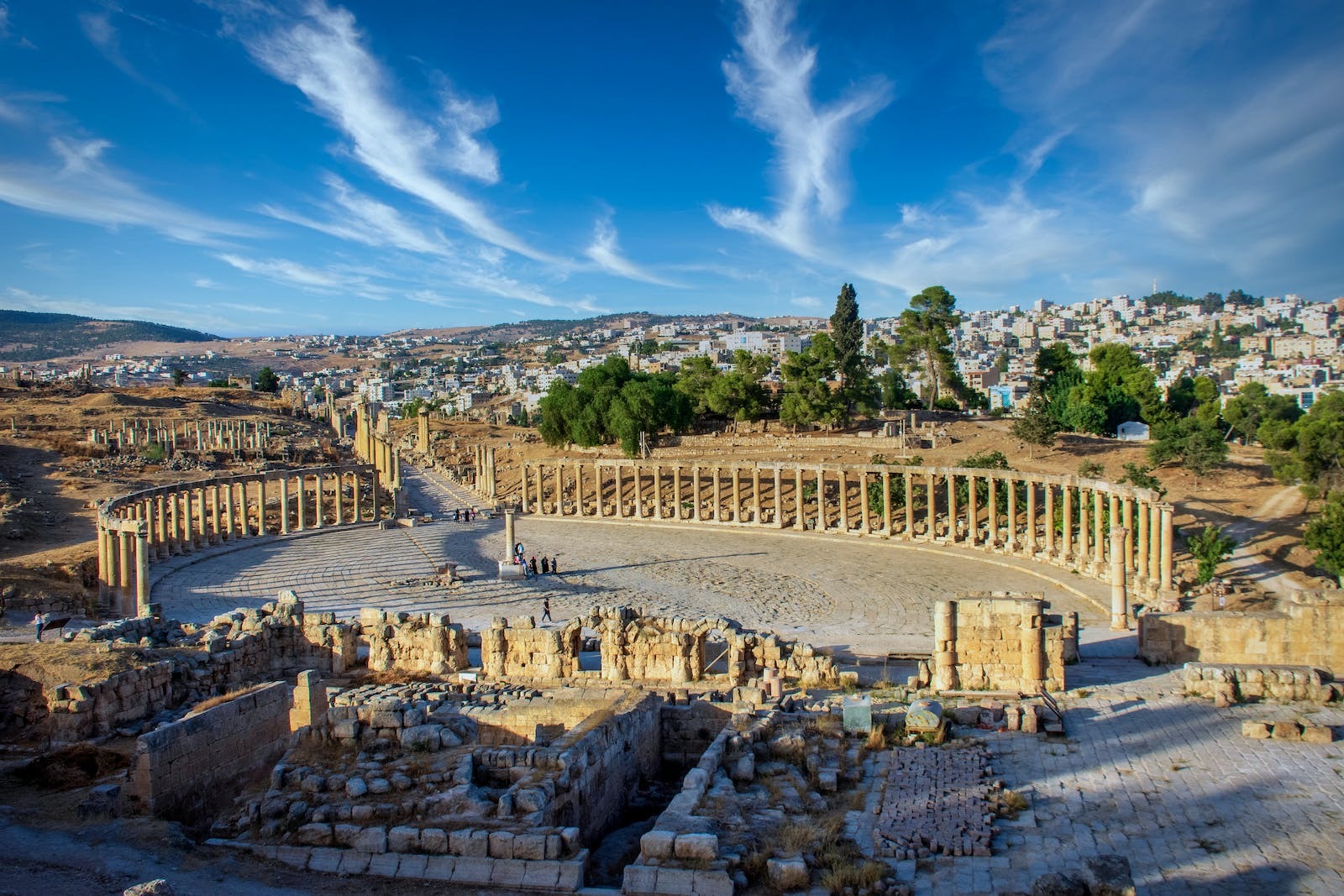 The Roman Empire: Eternal City and Beyond
The Roman Empire: Eternal City and Beyond
As I journey through Europe’s historical wonders, it’s impossible to ignore the impact of the Roman Empire. From the grandeur of Rome to the ruins of Pompeii, the legacy of this ancient civilization is still visible today.
Rome: The Heart of an Empire
Rome, the eternal city, was once the center of the Roman Empire. The city is home to some of the most iconic landmarks of the ancient world, including the Colosseum, the Pantheon, and the Roman Forum. These sites offer a glimpse into the daily life of the ancient Romans and their impressive architectural and engineering skills.
One of the most impressive sights in Rome is the Colosseum, which was once the largest amphitheater in the world. It was used for gladiatorial contests and other public spectacles, and it’s estimated that it could hold up to 80,000 spectators. Today, visitors can explore the Colosseum and learn about its history and construction.
Another must-see attraction in Rome is the Pantheon, which was built in 27 BC. The Pantheon is a masterpiece of ancient engineering, with its massive dome and intricate design. Visitors can marvel at the beauty of the Pantheon and learn about its significance in Roman history.
Pompeii: A City Frozen in Time
Pompeii is a fascinating archaeological site that offers a unique glimpse into life in the ancient Roman Empire. The city was buried under ash and pumice after the eruption of Mount Vesuvius in 79 AD, and it remained hidden for nearly 1,700 years. Today, Pompeii is one of the most well-preserved ancient cities in the world.
Visitors to Pompeii can walk through the streets of the city and explore the ruins of homes, temples, and public buildings. The site offers a fascinating insight into the daily life of the ancient Romans, with its well-preserved frescoes, mosaics, and other artworks.
In conclusion, the Roman Empire left an indelible mark on Europe’s history, and its legacy can still be seen today. From the grandeur of Rome to the ruins of Pompeii, the ancient Romans’ achievements continue to inspire and awe visitors from around the world.
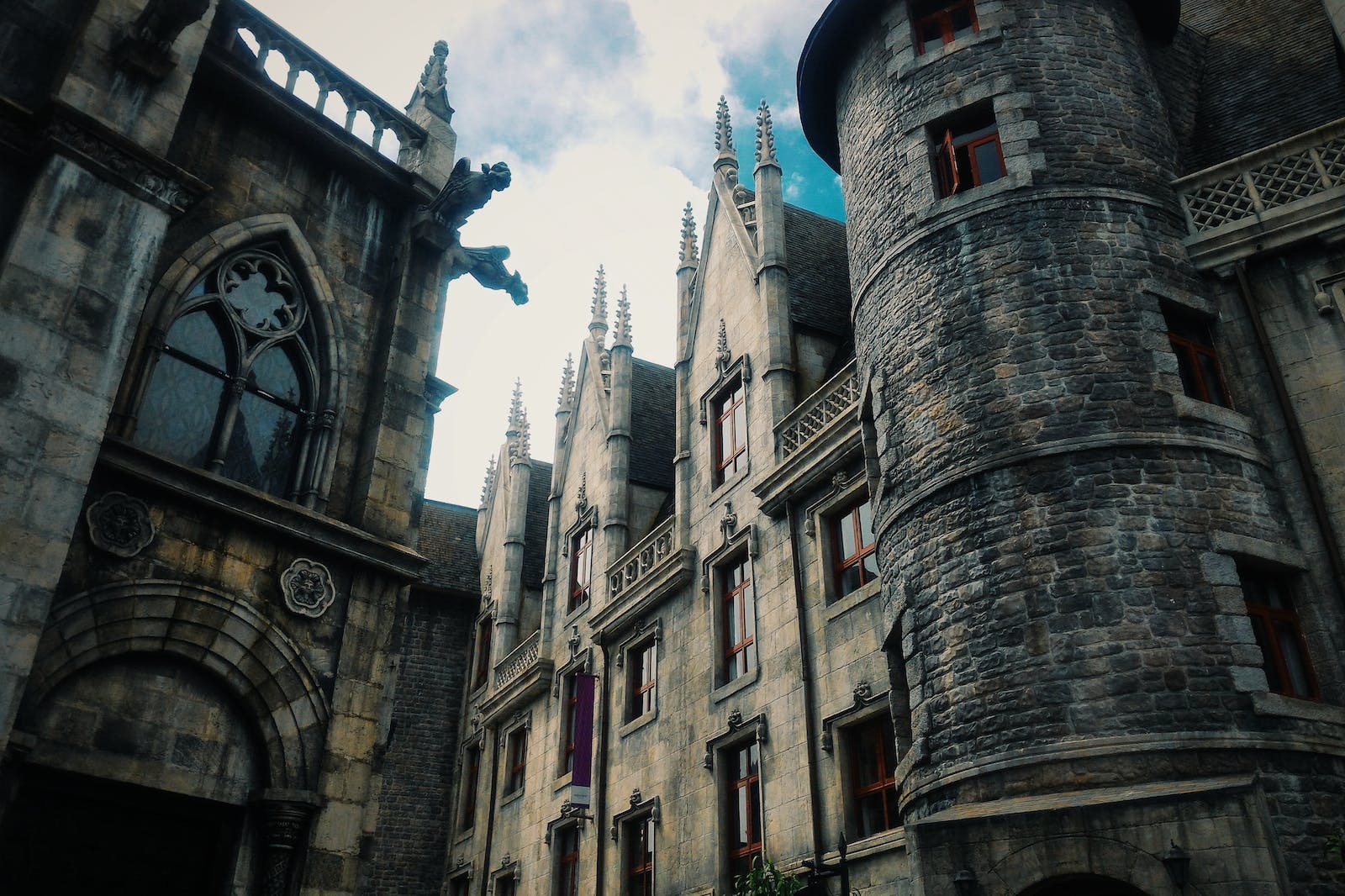 The Middle Ages: Castles and Cathedrals
The Middle Ages: Castles and Cathedrals
As I continue my journey through time, I am transported back to the Middle Ages, a time when castles and cathedrals were the epitome of power and architecture. The Middle Ages saw the rise of feudalism, the Crusades, and the Black Death, but it also gave us some of the most stunning architectural wonders that still stand today.
The Loire Valley: Châteaux of France
In France’s Loire Valley, I was able to witness some of the most magnificent castles in the world. The region is home to over 300 châteaux, each with its own unique history and architectural style. The most famous of these castles is Château de Chambord, which was built in the 16th century for King Francis I. The castle’s intricate design, with its double-helix staircase and 440 rooms, is a testament to the wealth and power of the French monarchy.
Another notable château is Chenonceau, which was built over the Cher River in the 16th century. The castle’s unique location and design make it one of the most photographed châteaux in France. It has served as a hospital during World War I and a border crossing during World War II.
Canterbury: The Pilgrimage Site of England
In England, I visited Canterbury, a city that has been a pilgrimage site since the Middle Ages. The city’s most famous attraction is Canterbury Cathedral, which was founded in 597 and has been rebuilt and expanded over the centuries. The cathedral is the seat of the Archbishop of Canterbury, the head of the Church of England.
The cathedral’s Gothic architecture is a marvel to behold, with its intricate carvings, stained glass windows, and soaring arches. The cathedral is also home to the shrine of Saint Thomas Becket, who was murdered in the cathedral in 1170. The shrine attracts pilgrims from all over the world, who come to pay their respects and ask for blessings.
As I continue my journey through time, I am struck by the beauty and grandeur of the castles and cathedrals of the Middle Ages. These architectural wonders are a testament to the creativity and ingenuity of the people who built them, and they continue to inspire and amaze visitors from around the world.
The Renaissance: A Rebirth of Culture
The Renaissance was a period of great cultural and artistic revival that began in Italy in the 14th century and spread throughout Europe. It was a time of renewed interest in classical learning, philosophy, and the arts, and it marked a significant departure from the medieval period that preceded it. In this section, I will explore some of the key cities of the Renaissance and their contributions to this fascinating period of history.
Florence: The Cradle of the Renaissance
Florence is widely regarded as the birthplace of the Renaissance, and it was here that many of the key figures of the period lived and worked. The city was a hub of artistic and intellectual activity, and it produced some of the greatest works of art and architecture of the period.
One of the most famous examples of Renaissance art in Florence is Michelangelo’s David, which stands in the Galleria dell’Accademia. This iconic sculpture is a symbol of the Renaissance’s focus on the human form and its celebration of the human body.
Florence was also home to many great thinkers and writers of the period, including Dante Alighieri, who wrote the Divine Comedy, and Niccolò Machiavelli, who penned The Prince. These works, along with countless others, helped to shape the intellectual landscape of the Renaissance and beyond.
Venice: The Floating City
Venice was another key city of the Renaissance, and it was known for its unique blend of Eastern and Western cultures. The city was a hub of trade and commerce, and it was home to many wealthy merchants and aristocrats who supported the arts and sciences.
One of the most famous examples of Renaissance architecture in Venice is the Doge’s Palace, which is located on the Grand Canal. This stunning building is a testament to the wealth and power of the city during the Renaissance.
Venice was also home to many great artists of the period, including Titian and Tintoretto. These painters created some of the most beautiful and striking works of art of the Renaissance, and their influence can still be seen in the art world today.
In conclusion, the Renaissance was a period of great cultural and artistic revival, and it had a profound impact on the world we live in today. Florence and Venice were two of the key cities of the period, and they produced some of the greatest works of art and architecture of the time.
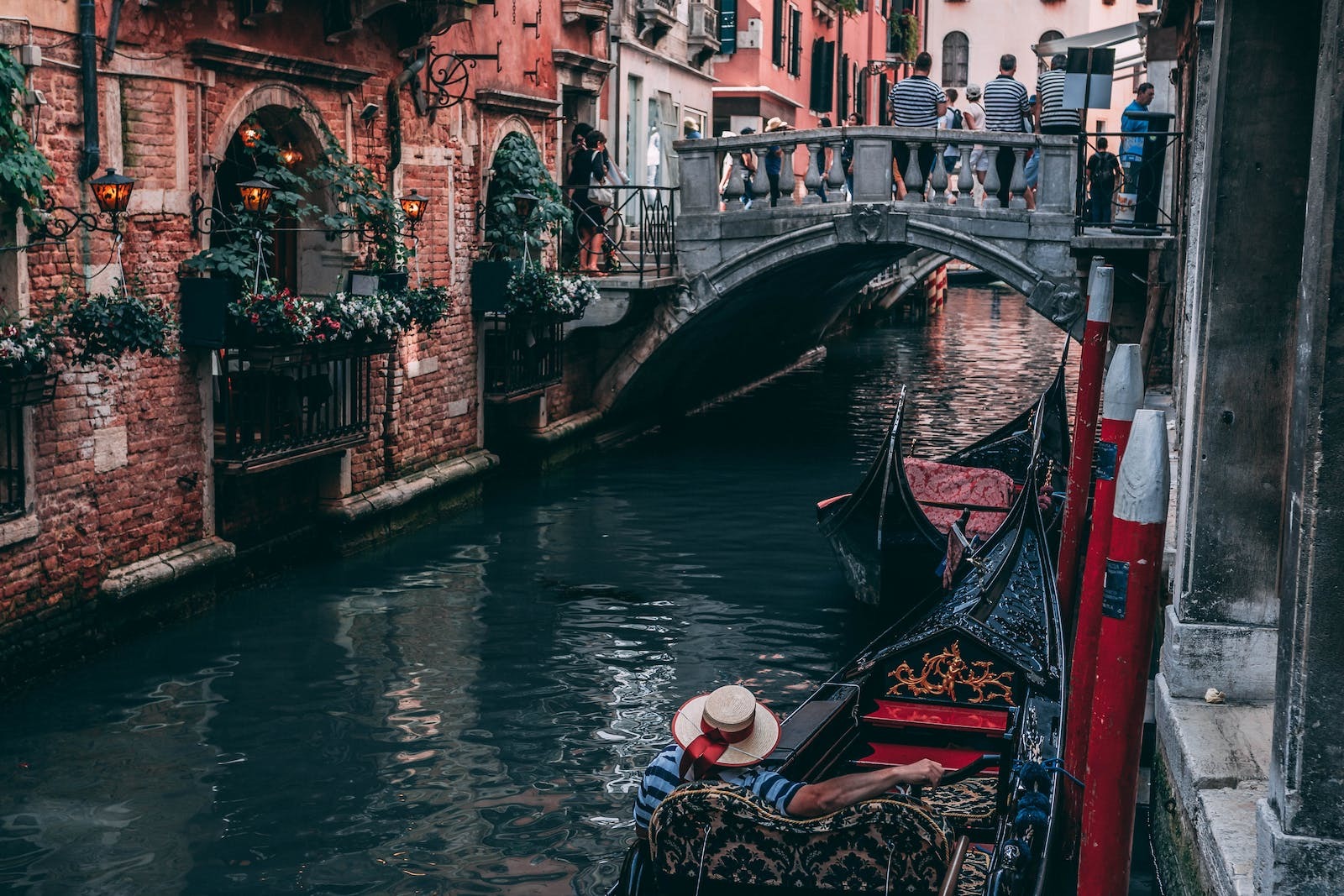 The Enlightenment: Age of Reason
The Enlightenment: Age of Reason
During the Enlightenment, Europe experienced a period of intellectual and cultural growth that lasted from the 17th to the 18th century. This period was marked by a focus on reason, science, and individualism, and it had a profound impact on the way people thought about the world around them. Two cities that played a significant role in this movement were Paris and Vienna.
Paris: The City of Light
Paris was the center of the Enlightenment in France, and it was home to many of the movement’s most prominent thinkers. The city was also a hub for scientific and artistic innovation, and it attracted intellectuals from across Europe. Some of the most significant figures of the Enlightenment, such as Voltaire, Diderot, and Rousseau, spent time in Paris and contributed to the city’s intellectual atmosphere.
One of the most famous symbols of the Enlightenment in Paris is the Panthéon, which was originally built as a church but later became a secular mausoleum for France’s most revered citizens. The building’s neoclassical architecture is a testament to the Enlightenment’s emphasis on reason and logic, and it serves as a reminder of the movement’s lasting impact on French society.
Vienna: The City of Music
Vienna was another important center of the Enlightenment, and it was known for its vibrant cultural scene. The city was home to many of the greatest composers of the time, including Mozart, Haydn, and Beethoven, and it was a hub for artistic innovation. Vienna was also a center for philosophical and scientific thought, and it attracted many of the leading intellectuals of the day.
One of the most significant Enlightenment landmarks in Vienna is the Schönbrunn Palace, which was the summer residence of the Habsburg dynasty. The palace’s grandeur and opulence reflect the wealth and power of the Habsburgs, but its neoclassical architecture also reflects the Enlightenment’s emphasis on reason and logic. Today, the palace is a popular tourist destination and a reminder of Vienna’s rich cultural history.
In conclusion, Paris and Vienna were two of the most important cities of the Enlightenment, and they played a crucial role in shaping the intellectual and cultural landscape of Europe. The legacy of the Enlightenment can still be seen in these cities today, and they continue to be centers of innovation and creativity.
The Industrial Revolution: Transformation of Society
The Industrial Revolution was a period of great change that transformed society from one based on agriculture and handicrafts to one based on industry and manufacturing. This revolution began in Britain in the late 18th century and spread to the rest of Europe and North America in the 19th century.
Manchester: The Birthplace of Industry
Manchester was at the forefront of the Industrial Revolution, and it played a key role in the transformation of Britain into an industrial powerhouse. The city was home to many textile mills, which were powered by water and steam engines. These mills produced cotton and other textiles that were exported all over the world.
The growth of industry in Manchester led to a rapid increase in population, as people from rural areas migrated to the city in search of work. This led to overcrowding and poor living conditions, which were highlighted by writers such as Friedrich Engels in his book “The Condition of the Working Class in England”.
Berlin: The City of Iron and Steam
Berlin was another city that played an important role in the Industrial Revolution. The city was home to many iron foundries and machine shops, which produced steam engines and other machinery that powered factories and railways.
The growth of industry in Berlin led to a rapid expansion of the city, as new factories and housing developments were built to accommodate the growing population. This led to the development of new suburbs and the construction of new transport links, such as the Berlin Stadtbahn.
Overall, the Industrial Revolution was a period of great change that transformed society in Europe and North America. It brought about new technologies and innovations, but it also had a profound impact on the environment and on the lives of working people.
The World Wars: Scars and Memorials
As I traveled across Europe, I couldn’t help but notice the scars left by the two world wars that devastated the continent. However, I was also struck by the many memorials and museums that serve as reminders of the sacrifices made and the lessons learned from these dark periods in history.
Normandy: The D-Day Beaches
One of the most poignant reminders of World War II is the D-Day Beaches in Normandy, France. As I walked along the beaches, I was struck by the sheer scale of the operation and the bravery of the soldiers who fought there. The many memorials and museums in the area provide a wealth of information about the events of June 6, 1944, and the impact it had on the war.
Some of the notable sites in Normandy include the Normandy American Cemetery and Memorial, which honors the American soldiers who died in the D-Day landings and subsequent operations. The Overlord Museum provides a comprehensive overview of the events leading up to D-Day and the subsequent battles in Normandy. And the Pointe du Hoc Ranger Monument serves as a reminder of the bravery of the US Army Rangers who scaled the cliffs to capture German artillery positions.
Auschwitz: The Holocaust Memorial
Another sobering reminder of the horrors of World War II is Auschwitz, the largest Nazi concentration and extermination camp. As I walked through the gates of the camp, I was struck by the starkness of the surroundings and the weight of history that hung heavy in the air.
The Auschwitz-Birkenau State Museum provides a comprehensive overview of the camp’s history, including the atrocities committed there and the stories of the prisoners who suffered and died there. The museum includes exhibits that detail the daily life of prisoners, the medical experiments carried out by the Nazis, and the liberation of the camp by Soviet forces in 1945.
Visiting Auschwitz is a somber and emotional experience, but it’s an important reminder of the atrocities committed during the Holocaust and the need to ensure that such horrors are never repeated.
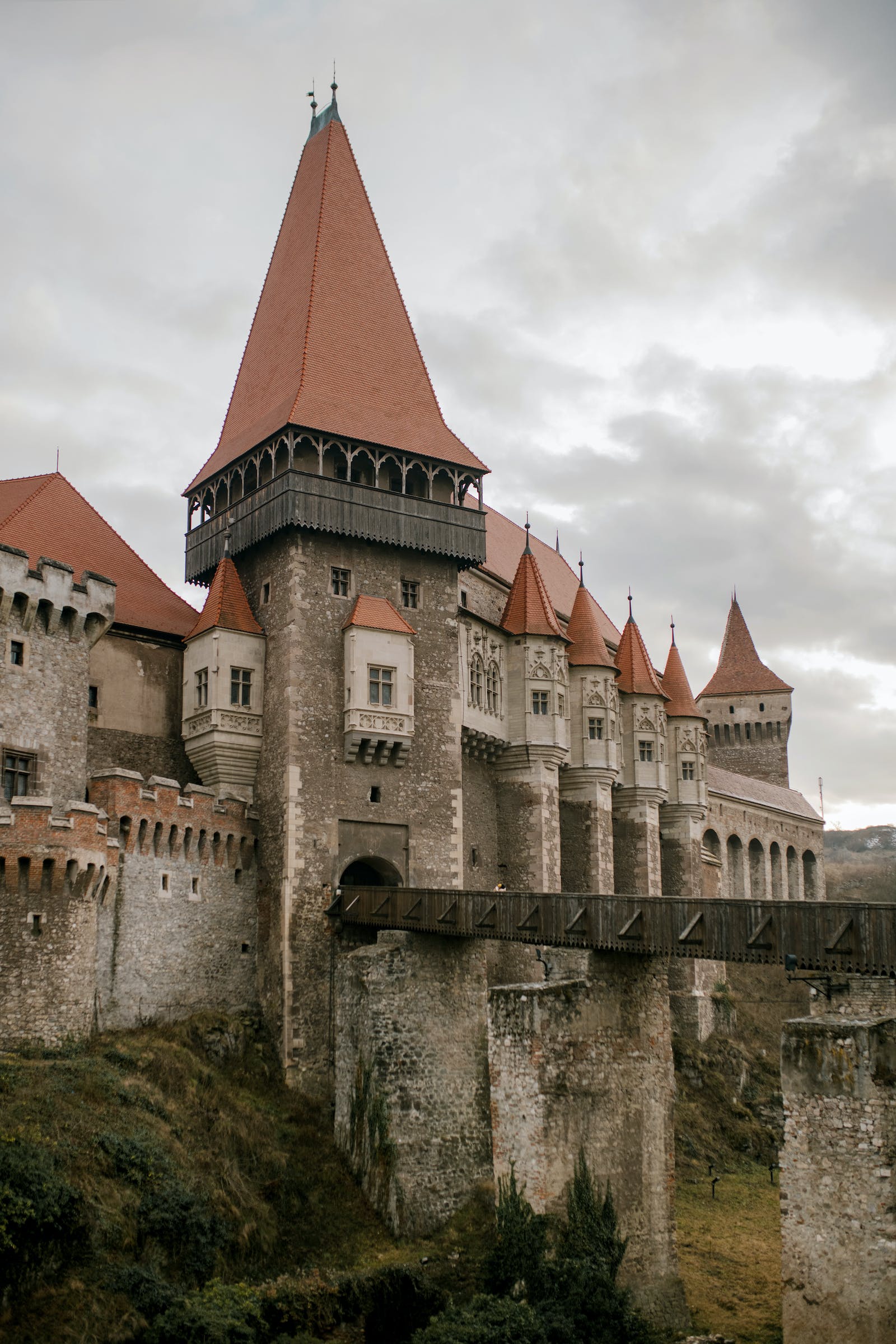 Modern Europe: Integration and Identity
Modern Europe: Integration and Identity
As I traveled across Europe, I couldn’t help but notice the modern developments that have shaped the continent’s identity. From the European Union to the Euro currency, Europe has made significant strides in integration and unity. In this section, I will highlight two cities that embody modern Europe’s integration and identity.
Brussels: The Capital of Europe
Brussels, the capital of Belgium, is often referred to as the Capital of Europe. It is home to the headquarters of the European Union, which has played a significant role in shaping modern Europe’s identity. The EU is a political and economic union of 27 member states that are located primarily in Europe. It has a single market, a standardized system of laws, and a common currency, the Euro.
One of the must-visit sites in Brussels is the European Parliament. It is the legislative arm of the European Union and is responsible for passing laws and making decisions that affect the lives of millions of Europeans. Visitors can attend debates and committee meetings and learn about the EU’s history and decision-making process.
Prague: The City of a Hundred Spires
Prague is the capital city of the Czech Republic and is known for its stunning architecture, cultural attractions, and vibrant nightlife. It is also a city that embodies modern Europe’s integration and identity. The Czech Republic joined the European Union in 2004 and has since benefited from the EU’s economic and political stability.
One of the most iconic landmarks in Prague is the Charles Bridge. It is a historic bridge that connects the Old Town and Lesser Town districts of the city and is adorned with 30 baroque-style statues. Visitors can take a stroll along the bridge and enjoy the breathtaking views of Prague’s skyline.
In conclusion, Brussels and Prague are two cities that represent modern Europe’s integration and identity. They showcase the EU’s role in shaping Europe’s political and economic landscape and highlight the continent’s cultural diversity and historical significance.

